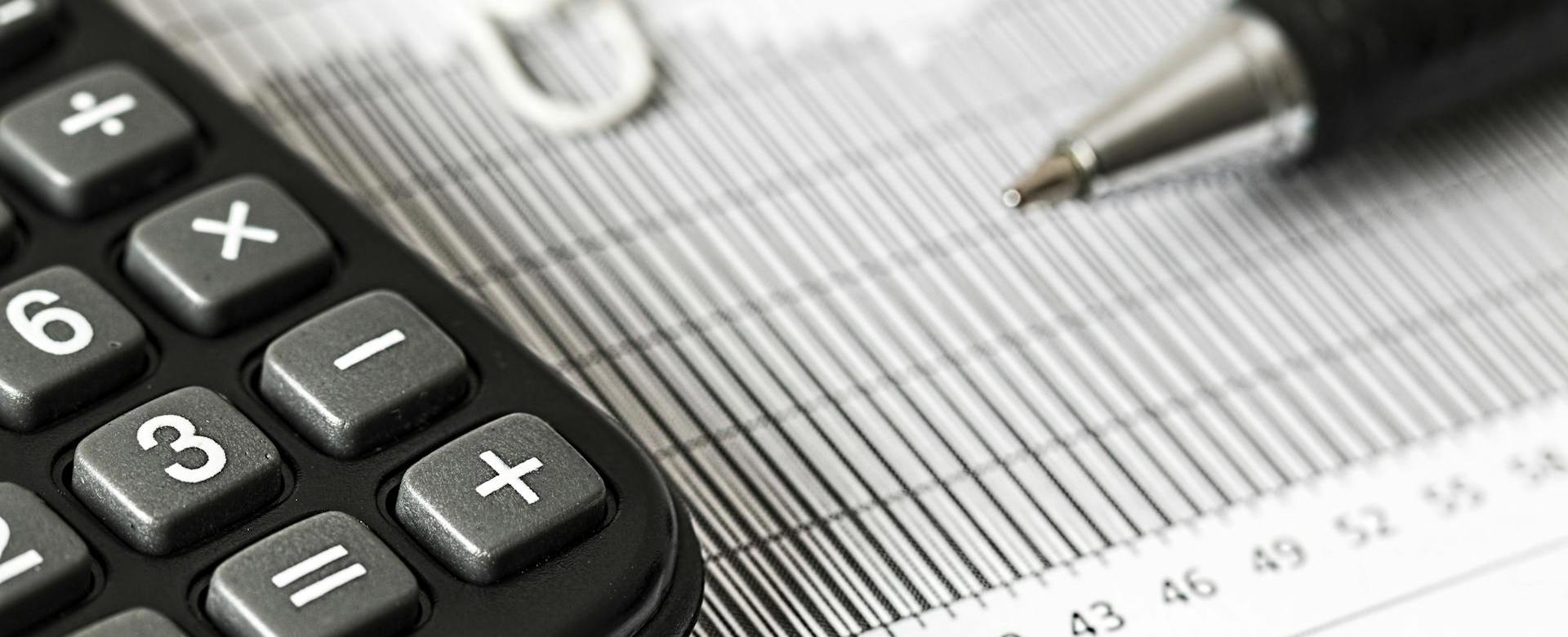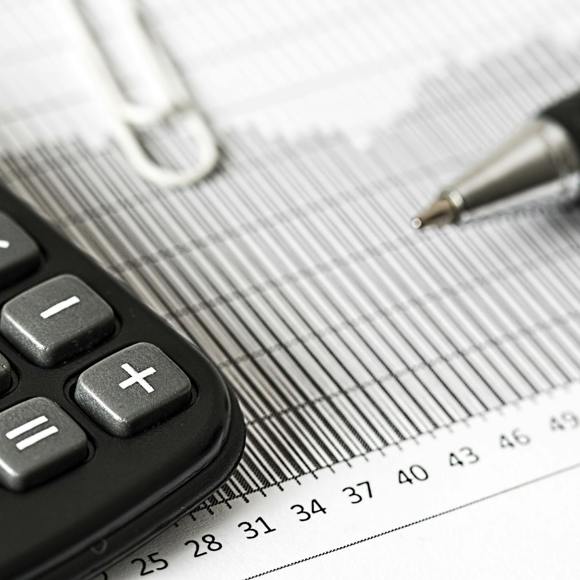
With the UK's ageing population and the ever-changing economic climate, retirement planning has become more crucial than ever.
And planning for retirement is about more than organising your finances; it's about making informed decisions that ensure you enjoy a comfortable and secure retirement. Here, we cover everything you need to know about retirement planning in the UK, from State Pensions to tax implications.
Understanding your state pension
For many, the State Pension forms the bedrock of retirement income. It's based on your National Insurance (NI) record, and you need at least 10 qualifying years to receive any pension. To claim the full amount, you’ll need 35 years of NI.
The full new State Pension offers a basic weekly income, but your actual payout depends on your contributions. If you’re not sure what that will look like for you, you can use the Government’s State Pension forecast to find out how much you could get. The amount increases every year; as of April 2024, the new maximum rate will be £221.
Importantly, the State Pension doesn't start automatically; you’ll need to claim it as you approach retirement age. You should receive a letter from the Government on how to do this around two months before you’re eligible to retire. There's also the option to defer your pension, which can increase the amount you receive later on. You can defer your pension indefinitely and, if you want to defer, you simply don’t need to do anything.

Workplace pensions
Outside of your State Pension, your workplace pension is key to your financial wellbeing in retirement. Different workplaces may use different pension types, and if you’ve moved around a few times across your career, you may need to consolidate your workplace pensions into one pot when you retire to be sure you access everything you’ve earned.
There are two main types of workplace pensions: defined benefit schemes, offering a guaranteed income upon retirement, and defined contribution schemes, where your pension income depends on how much has been paid in and the scheme's investment performance. Typically, workplaces offer defined contribution schemes, where you contribute a certain percentage of your monthly wage and your employer tops it up.
Automatic enrollment means that minimum contributions are set by law, although you can often choose to contribute more to boost your retirement savings. The minimum is 8% - employers must pay 3% of this and 1% is tax relief, so the minimum contribution from you is 4% of your salary, but you can choose to contribute more if you like.
Private pensions
Beyond State and workplace pensions, many people still look to enhance their savings so that they can rest assured they will be able to enjoy the retirement lifestyle they’ve been planning. Private pensions are a popular way to do this, with 7.5 million people in the UK contributing to personal pensions between 2021 and 2022.
Private pensions come in different shapes from sizes, including personal pensions, stakeholder pensions, and self-invested personal pensions (SIPPs), each offering different benefits and flexibility. These are all available either as supplements to your workplace pension, or as your main pension if, for example, you’re self-employed.
Personal pensions
A personal pension is a type of defined contribution scheme - you choose a provider and make regular contributions which are then invested with the goal of growing your pension pot over time. The government adds tax relief to your contributions, boosting the amount saved into your pension. From the age of 55, you can access your pension pot, using it to buy an annuity, take out a lump sum, or draw down income over time.
Stakeholder pensions
Stakeholder pensions are designed to be simple and flexible. They come with capped charges and low minimum contributions, making them attractive if your income varies. Contributions to stakeholder pensions receive income tax relief too, which, unless you’re a higher rate taxpayer, your provider should claim for you.
You can access your stakeholder pension from age 55, and, like personal pensions, you can take a one-time, tax-free lump sum of up to 25% of your total pension portfolio. Choose to take the remaining amount as multiple, taxed lump amounts, a taxed income, or both.
Self-Invested Personal Pensions (SIPPs)
If you prefer to have more control over your investments, Self-Invested Personal Pensions (SIPPs) may be right for you. SIPPs give you the freedom to make your own investment decisions, offering a broad range of investment choices, including stocks, bonds, and property. They also benefit from income tax relief on contributions.
When it comes to accessing your SIPP, you have several options: take a tax-free lump sum of 25%, buy an annuity for a regular income, choose flexible withdrawals as needed, or combine these methods to fit your needs. 25% can be taken tax-free, with the rest subject to income tax.
For the self-employed
If you’re self-employed, you have the freedom to choose any of these private pensions. Without access to employer pension schemes, it's particularly important to be proactive about your retirement funds.
Whether it’s a personal pension, stakeholder pension, or SIPP, they help you build a pension pot for your retirement, each boasting great tax advantages to make your savings even more efficient.

Additional Savings and Investments
Even with a private pension, many still choose to diversify their longterm investments with saving and investment choices like Individual Savings Accounts (ISAs), stocks and shares, and property. These give you an alternative source of income and potential growth for your retirement funds.
Of course, if you’re investing money in stocks, shares, bonds, property or anything similar, it’s important to assess risk tolerance and investment timeline, balancing your choices to meet your long-term retirement goals.
Let’s take a look at some of the different options:
- Although Individual Savings Accounts (ISAs) are made from post-tax income, any returns or interest earned are free from further tax. This makes them an attractive option for long-term savings and investment strategies.
- Direct investments in stocks and shares provide potentially higher returns, but the risk is also higher. A well-balanced portfolio that’s aligned with your risk tolerance and retirement timeline can help you manage that risk and grow your investments in the long term.
- Property investment, whether through direct ownership or property funds, not only offers returns from the increase in value over time, but you can also enjoy rental income if you choose to let the property.
Finding the right balance across these and other investment options is a great way to diversify your portfolio and give your retirement fund a boost. Each come with their own risk profile and tax implications, so it's important to align these choices with your overall retirement goals and risk tolerance.
Estimating your retirement needs
Understanding how much you'll need in retirement is crucial to preparing effectively. That way, you’ll know when you have enough in your pension pot to support this lifestyle.
If you have a personal pension, some providers offer forecasting tools that show you, based on your current contributions and the age you want to retire, how much you’ll likely have in your pot.
If you don’t have this, or you want to take into consideration all the savings and investments you intend on accessing for retirement, online calculators can help you work out how much you may retire with, like this one from MoneyHelper.

There are a few different ways you can estimate how much your lifestyle may cost you vs. how much you’ll retire with:
Consider the type of retirement you want, including travel, hobbies, and living arrangements - list your expected retirement expenses, dividing them into essentials (like housing, utilities, and healthcare) and non-essentials (such as travel and hobbies). Adjust for future inflation to ensure your estimates are realistic - 2-5% is a good rule of thumb.
Then, review how much you’ll likely have from all your income sources, including pensions, savings, and investments, as well as how long you think you’ll need your pension pot for (e.g. 30 years). Once you know that, you can work out if your pension pot will support your lifestyle. This is a simple way of understanding roughly what you may need financially in order to retire.
A few alternative methods of assessing how much you’ll need to retire include:
- Replacement rate method: Assume you'll need around 70-80% of your current yearly income during retirement to maintain a similar lifestyle. This is a simple way of gauging your needs, though it's best to be as specific as possible when it comes to planning how much you’ll need in retirement.
- Rule of 25: The Rule of 25 suggests you should aim to save 25 times your annual retirement expenses.
- 4% Rule: The 4% Rule offers a guideline for sustainable withdrawal rates from your retirement savings each year - withdraw 4% of your retirement savings in the first year of retirement, and then adjust that amount for inflation in subsequent years, theoretically ensuring that your savings last for at least 30 years.
Tax implications
For watertight retirement planning, you should always consider the tax implications that can impact your pension pots. The UK tax system offers various allowances and reliefs that can significantly impact your net retirement income.

Generally, your retirement income is taxed in the same way that working income is taxed. That income includes your State, workplace and private pensions, as well as investments. You have a personal allowance (£12,570 for the 2024/25 tax year) which is tax-free. Any income you take after that is subject to tax:
- Basic rate: income from £12,571 to £50,270 is taxed at 20%.
- Higher rate: income from £50,271 to £150,000 is taxed at 40%.
- Additional rate: income over £150,000 is taxed at 45%.
It’s worth noting that, although the State Pension counts as taxable income, it's paid without any tax being deducted. It’s just included as part of your personal allowance.
ISAs offer a tax-efficient way to save as you can't use ISAs for direct retirement income, so they aren’t included as such. That means you can withdraw money tax-free.
Property tax in Retirement
Propery tax in retirement can be split into two main areas: rental income and Capital Gains Tax (CGT).
Rental income is added to your other income (like pensions) and taxed at your normal rate. If you earn below £1,000 from renting property, you might not need to pay tax on it because of the property allowance. You can also deduct certain expenses (like maintenance and property agent fees) before tax is calculated.
Capital Gains Tax (CGT) is the tax on the profit (selling price minus buying price and certain costs) when you sell a property that’s not your main home. For more on CGT rates, the Government’s website is always up to date.
Tax-saving strategies for your retirement fund
- Utilise allowances: Make full use of your Personal Allowance, Dividend Allowance, and Personal Savings Allowance to reduce taxable income.
- Pension contributions: Contributions to your pension can reduce your taxable income, as they're often made before tax is deducted (up to certain limits).
- ISA investments: Use ISAs to save or invest, as any returns are tax-free.
- Tax-free lump sum: Consider taking up to 25% of your pension pot as a tax-free lump sum carefully to manage your taxable income levels in retirement.
Seeking professional advice
While you can plan for your retirement without the help of a professional, it can be worth consulting one simply for the peace of mind, and to guarantee your plans are just as you forecasted.
They can offer personalised planning based on your unique wants and needs in retirement, help navigate tax efficiency and advise on investment choices and pension regulations.
Whether you’re looking for support for the entire planning process, or to simply consult on significant decisions like pension transfers or choosing investment strategies, professional advice can be invaluable.
Make sure to look for a certified financial planner or advisor specialising in retirement planning

It’s natural for retirement planning to feel a little daunting. That’s why starting early, staying informed, and seeking professional advice can help you enjoy a secure, financially-stable and fulfilling retirement. This guide serves as a starting point, but remember, the effort you put into planning now can make all the difference in enjoying your retirement years to the fullest.
And beyond planning your finances, preparing for retirement is also about considering the kind of lifestyle you want to have, including where you want to live. That way you know you’re not just stepping into retirement, but into a lifestyle you know you’ll love.
